We all love Python, don’t we? With so many tools, modules and libraries, Python ecosystem is extensive and widespread in both depth and space. The open-source biome is intimidating and even with years of experience, a developer is required to identify and keep updated with the best techniques and libraries. In my previous article I had shared insights about the Lightweight PHP Frameworks for REST APIs Development.
In today’s post I will help you explore some important and valuable Python Libraries, a web developer can’t live without.
Scrapy Python Library
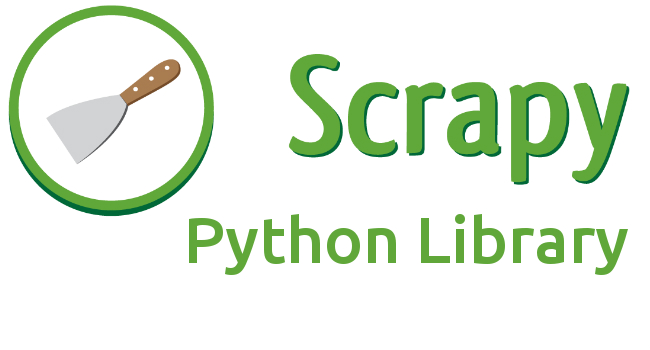
Scrapy is an open source and collaborative application framework, used for extracting structured data and crawling websites. It can be utilized for extensive purposes, from information processing to data mining and automated testing. Scrapy is revered as one of the leading and powerful Python scraping libraries. It effortlessly handles a number of usual functionalities that scrapers need so that the developers do not reinvent the wheel every time. This framework makes the scraping fun process. Scrapy comes with Scrapyd, a built-in service that enables a developer to control spiders and upload projects using JSON web service.
Although Scrapy was initially designed for web scraping process, it is now extensively used to extract the APIs like Amazon Associates Web Services or a general purpose web crawler.It can easily perform all its operations in a simple, yet extensive way.
Top features:
- Fast powerful and extensive
- Open source and free
- Built-in support for extracting and selecting data from the source
- Build and scale large crawling projects easily
- Asynchronous scheduling and processing of Requests
- Cross platform application framework

Homepage
Zappa Python Library
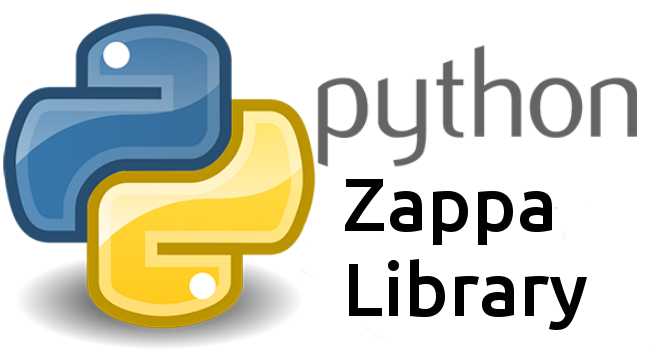
Zappa is the serverless Python framework, built and used by the cloud scalability experts at Gun.io. Being powered by the AWS Lambda and API Gateway, Zappa can automatically handle the horizontal scaling, therefore no requests are ever timed out and after the app returns, server dies. Each request is offered its very own Amazon API Gateway’s virtual HTTP server, thanks to Zappa.
Top features:
- No Vendor Lock-In
- Easy To Use
- Infinitely Scalable
- Pay by the Millisecond
- Use Your Existing Code
- No more worrying about scalability / load balancing
- Open Source and Free

Homepage
Boto 3 Python Library
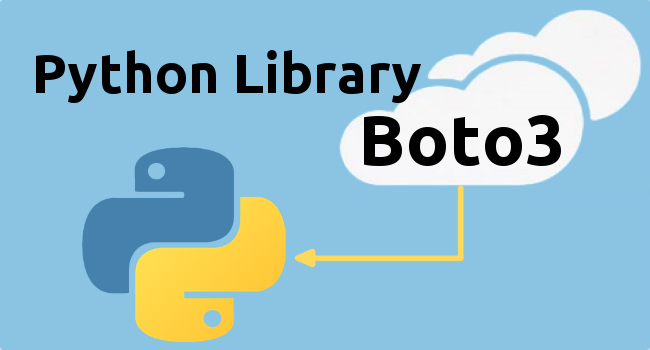
It is an identical rewrite of Boto and utilizes a data-driven technique to trigger classes at runtime from JSON description files. Typically, the JSON description files are shared between the SDKs in multiple languages and include descriptions for an object-oriented interface identical to the previous Boto versions. As Boto 3 is created using the shared JSON files, the user gets relatively consistent API and faster updates to the recent features and services. It is built on top of the library called Botocore. It provides its own resources, collections, and sessions.
Top features:
- Manipulate and iterate groups of resources
- Per-session and session configuration and credentials
- Authentication and response handling
- Automatic paging of responses
- Low level service connections
- Object oriented interface

Homepage
Requests Python Library
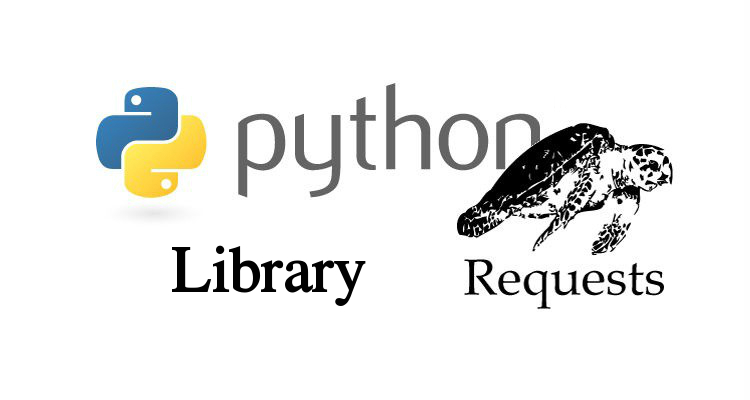
Requests is one of the extensively downloaded Python libraries of all time. It pulls nearly 11,000,000 downloads per month. It is a great alternative to maintaining readability and leverage complex ability. It enables you to dispatch the organic HTTP/1.1 requests without the manual intervention. The HTTP connection pooling is fully automatic, thanks to urllib3. Gone are the days, when you would manually add the query strings to form-encode or to your URLs.
Top Features
- Browser-style SSL Verification
- HTTP(S) Proxy Support
- .netrc Support
- Unicode Response Bodies
- Connection Timeouts
- Basic/Digest Authentication
- International Domains and URLs
- Keep-Alive & Connection Pooling
- Chunked Requests
- Sessions with Cookie Persistence

Homepage
TensorFlow Python Library
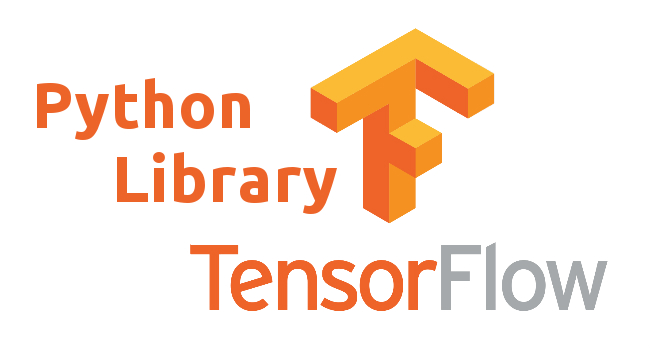
Since its launch in November 2015, TensorFlow library has gained immense momentum and has emerged as one of the trendiest GitHub Python repositories. It is an open source numerical computation library which uses data flow graphs. The graph edges represent tensors or multidimensional data arrays. TensorFlow’s flexible and easy to use architecture enables the user to easily deploy the computation to more than one GPUs or CPUs in a mobile device, server or a desktop. TensorFlow also includes TensorBoard, a data visualization toolkit. If you are involved in the Deep Learning or want to utilize a comparatively higher interface, you can also use TensorFlow-Slim.
Top Features:
- Multi-GPU support
- Training across distributed resources
- Logging events interactively with TensorBoard
- Model checkpointing
- Queues for putting operations on the graph
- GPU memory usage and Performance similar to Theano

Homepage
I hope you liked the post. There are a lot of interesting Python libraries out there. I have chosen the above mentioned to give you a brief introduction to few of the frameworks which you thought would be to hard to get accustomed with. Stay tuned for the next post.
0 Comment(s)